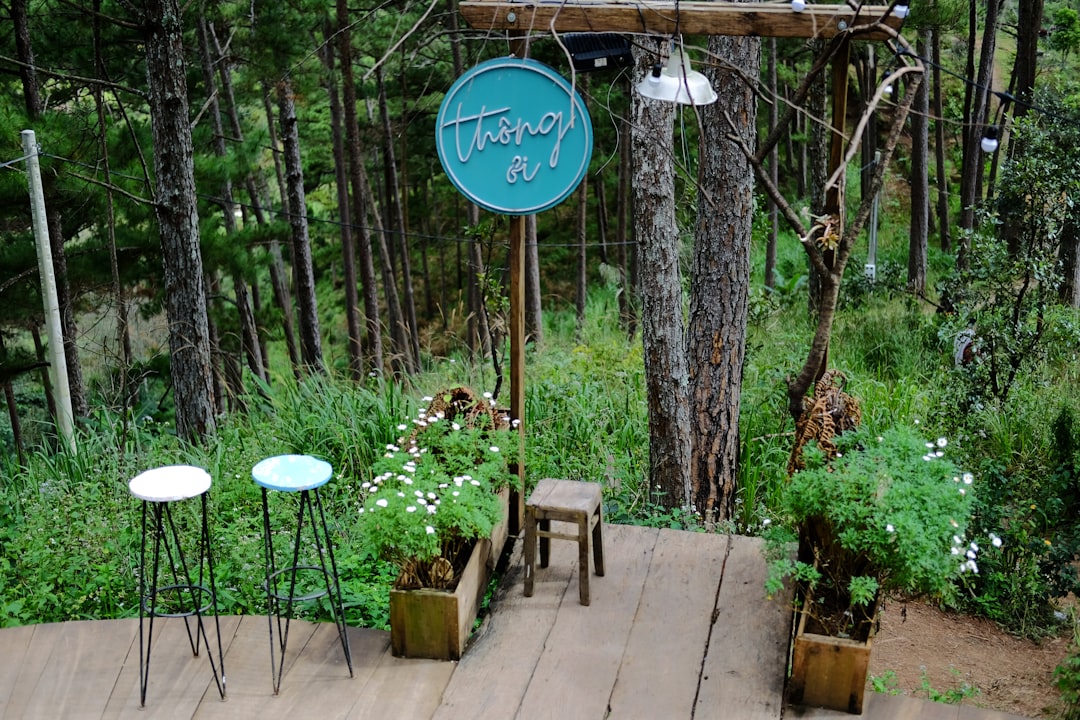Unleashing the Beauty of Challenging Soil: A Stunning Garden Plan

In the world of gardening, not every plot of land comes with the perfect soil conditions. However, with the right garden plan, even clay soil, often considered less - than - ideal for planting, can be transformed into a thriving oasis of greenery. This article delves into a stunning garden plan that features plants capable of flourishing in such challenging environments.
Clay soil has its unique characteristics. It is dense, retains water for long periods, and can be difficult for plant roots to penetrate. But rather than seeing it as a hindrance, we can view it as an opportunity to select plants that are well - adapted to these conditions. By choosing the right flora, we can create a garden that is not only beautiful but also sustainable.
One of the key elements of this garden plan is the selection of perennials. Perennials are a great choice for clay soil gardens because they come back year after year, reducing the need for frequent replanting. For instance, the Astilbe is a wonderful option. With its feathery plumes of flowers in shades of pink, red, and white, it adds a touch of elegance to any garden. Astilbe thrives in moist, well - drained soil, and clay soil's water - retaining properties can work to its advantage. However, it's important to ensure that the soil is not waterlogged, as this can lead to root rot. Adding organic matter such as compost or well - rotted manure can improve the soil structure and drainage.
Another perennial that does well in clay soil is the Siberian Iris. These iris varieties produce beautiful, delicate flowers in a range of colors, from pale blues to deep purples. They are known for their hardiness and can tolerate both wet and dry conditions. Siberian Irises are also relatively low - maintenance, making them a great addition to any garden plan.
For those looking to add some height and drama to their clay soil garden, the Joe - Pye Weed is an excellent choice. This native plant can grow up to six feet tall and produces large clusters of pink or purple flowers in late summer. Joe - Pye Weed is not only beautiful but also attracts butterflies and other pollinators, adding to the garden's ecological value.
When it comes to shrubs, the Witch Hazel is a standout option for clay soil gardens. It blooms in late winter or early spring, providing a splash of color when most other plants are dormant. The fragrant, spidery flowers of the Witch Hazel come in shades of yellow, orange, and red. It is also a hardy plant that can tolerate a wide range of soil conditions, including clay.
Groundcovers are also an important part of this garden plan. Ajuga is a popular groundcover that spreads quickly and forms a dense mat of foliage. It has attractive, variegated leaves and produces spikes of blue or purple flowers in the spring. Ajuga is well - suited to clay soil because it can tolerate both shade and moisture.
To create a visually appealing garden, it's important to consider the layout and design. Grouping plants with similar water and sunlight requirements together can make maintenance easier. For example, plants that prefer full sun should be placed in areas of the garden that receive at least six hours of direct sunlight per day, while shade - loving plants can be placed under trees or in the shadow of buildings.
In addition to plant selection and layout, proper soil preparation is crucial for the success of a clay soil garden. As mentioned earlier, adding organic matter can improve the soil structure and drainage. Tilling the soil to a depth of at least 12 inches can also help break up the clay and allow plant roots to penetrate more easily. Mulching around plants can help retain moisture, suppress weeds, and regulate soil temperature.
Finally, regular maintenance is essential to keep the garden looking its best. This includes watering, fertilizing, pruning, and pest control. By following these steps and implementing this garden plan, you can transform your clay soil plot into a beautiful and thriving garden that will be the envy of your neighbors.
In conclusion, a clay soil garden doesn't have to be a disappointment. With the right plant selection, proper soil preparation, and regular maintenance, you can create a stunning garden that thrives in less - than - ideal planting conditions. So, roll up your sleeves, get your hands dirty, and start creating your own clay soil masterpiece today!